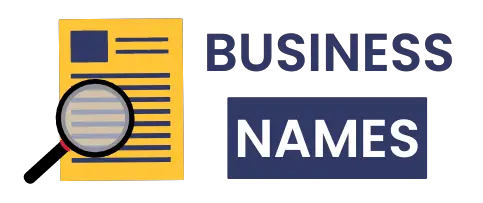You know you should save money. Everyone tells you to save. But here’s the problem: Every time you look at your bank account, you think about all the things you can’t do with that money.
Going out with friends? Nope, you’re saving. That new phone? Sorry, you’re building an emergency fund. A nice dinner? Keep dreaming.
Saving feels like punishment. And punishment doesn’t work long-term.
Here’s what nobody tells you: Your brain isn’t broken. The system is broken. You’re fighting against millions of years of human evolution that says, “take the reward now, worry about tomorrow later.”
But what if you could trick your brain instead of fighting it?
This article shows you how to use psychology, not willpower, to save money. You’ll learn why video games keep you hooked for hours and how to apply those same tricks to your bank account. Most importantly, you’ll discover how to make saving feel automatic instead of agonizing.
Let’s fix this problem for good.
Why You Can’t Stop Yourself From Spending

Your paycheck hits your account. You feel good. Then you see something you want. You buy it. Three days later, you wonder where all your money went.
Sound familiar?
This happens because of something scientists call “temporal discounting.” Your brain values things you can have right now way more than things in the future. A coffee today feels better than $1,000 next year, even though the future money is worth more.
The numbers prove this is a massive problem. According to Bankrate’s 2025 Emergency Savings Report, only 46% of U.S. adults have enough emergency savings to cover three months of expenses. Even worse, 24% have no emergency savings at all.
Think about that. One in four Americans has zero dollars saved for emergencies.
And it gets scarier. The same report found that 59% of Americans can’t cover a $1,000 emergency expense with savings. That means a broken car or a hospital visit could destroy their finances.
But here’s the thing: These people aren’t stupid. They know they should save. They want to save. Their brains just won’t cooperate.
Your brain has another trick it plays on you. Spending with a credit card doesn’t hurt the same way cash does. When you hand over physical money, your brain registers loss. When you swipe a card, it feels like magic. No pain, just stuff.
Usually shows people spend way more with cards than with cash. The average person spends $281.75 per month on impulse purchases they didn’t plan to buy.
So you’re not failing at saving because you’re weak. You’re failing because you’re trying to fight your own biology with nothing but good intentions.
Time to change the strategy.
What Video Games Know That You Don’t
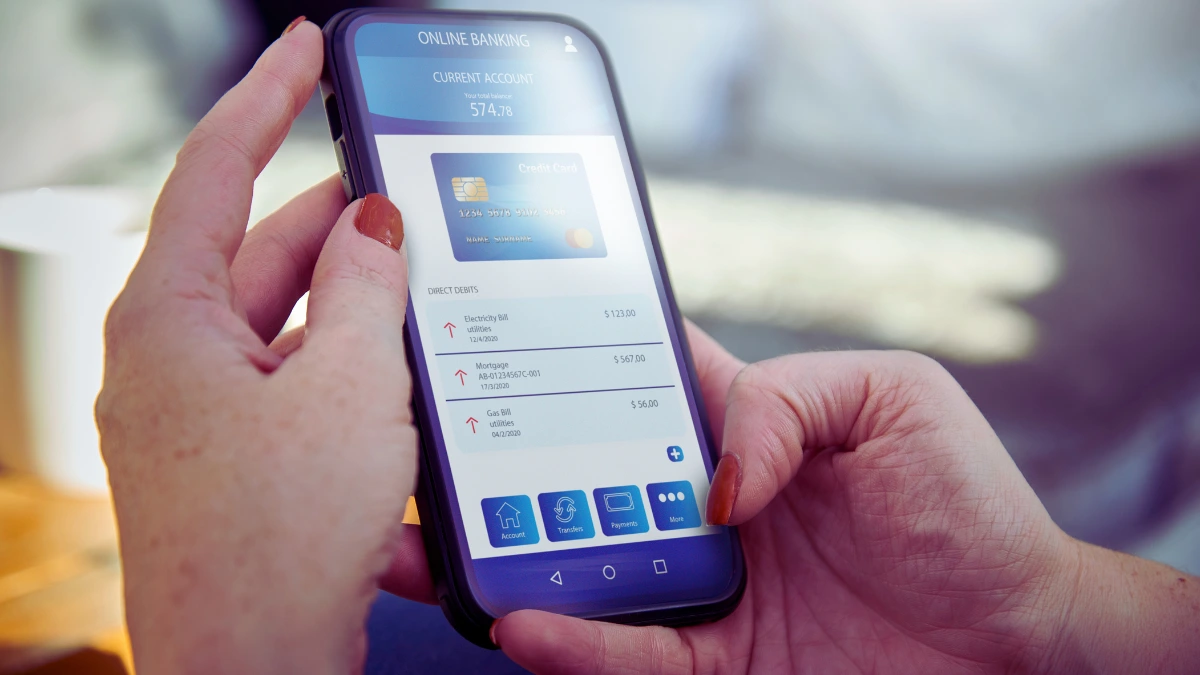
Here’s a weird question: Why will you spend six hours collecting gold coins in a video game, but you won’t spend six minutes setting up automatic savings?
Both activities involve collecting money. Both require time. But one feels fun and the other feels like homework.
Video games figured out something important. They make boring tasks feel exciting by using psychological tricks. These tricks work so well that people play games for thousands of hours without getting paid a single dollar.
What if you could use those same tricks on your real money?
A study published in the International Journal of Bank Marketing looked at people who used gamified personal finance apps. The researchers wanted to know if adding game elements to money management actually worked. They studied 208 users of the Mint app and measured their motivation and behavior.
The results were clear. When apps used game elements like points, badges, and progress bars, people saved more money. The game features made users feel more competent and more in control. This made them want to use the apps more often, which led to better financial habits.
Think about it. Games give you clear goals. They tell you how much stronger you’ve gotten. They reward you for small wins. And they make everything visual, so you can see yourself getting stronger.
Real life does none of this. You just guess at your progress and hope things work out.
But you can change that. Here’s how.
Strategy 1: Start So Small It Feels Stupid
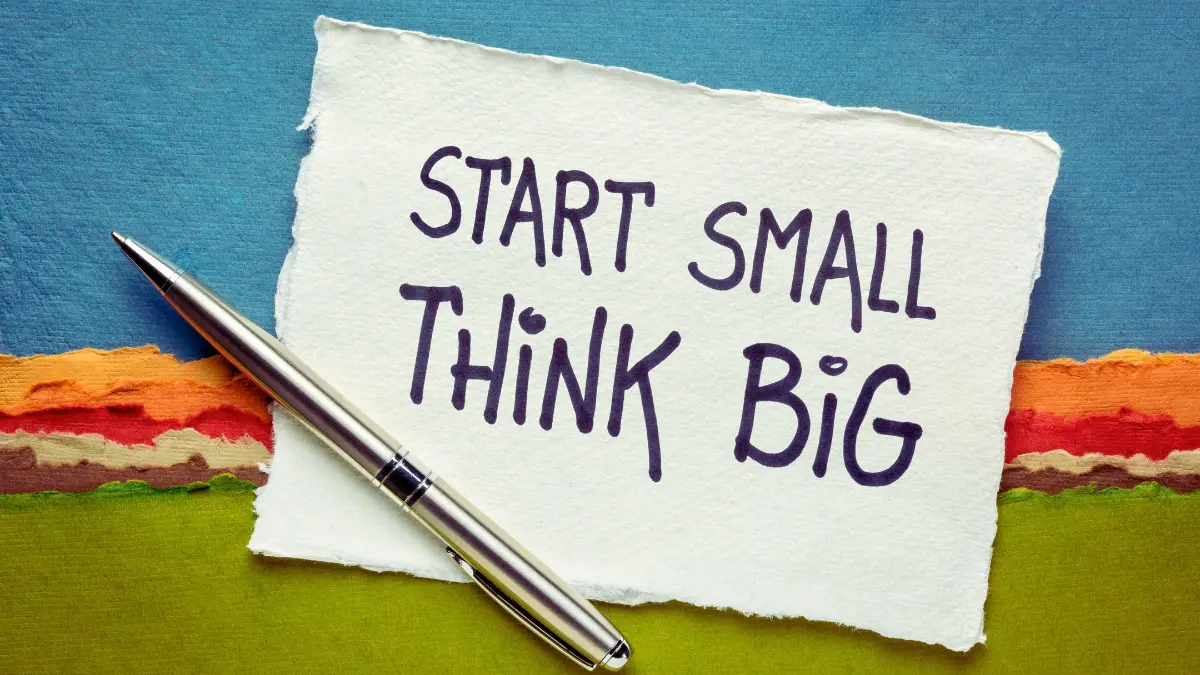
Video games never tell you to defeat the final boss on day one. They start you with easy wins. Kill three rats. Collect five apples. Level up.
Your savings need the same approach.
Most people fail at saving because they set huge goals that feel impossible. “I’ll save $500 a month!” Then they save nothing because $500 feels too big.
Here’s what you do instead: Save an amount so small you almost laugh at it.
Save $5 a day. That’s one coffee. One snack. One pointless item you won’t remember buying next week.
“But that’s only $150 a month!” you say. “I’ll never get rich that way!”
You’re missing the point. You’re not trying to get rich in month one. You’re building a habit. Habits are everything.
Right now, you probably save $0 per day. If you start saving $5 per day, you’re saving infinitely more than before. That’s not math trickery. That’s real progress.
And here’s the secret: Once you’re comfortable with $5, bump it to $7. Then $10. Then $15. Your brain doesn’t notice these small increases the same way it would notice jumping straight to $15.
This works because you’re not fighting willpower. You’re creating a new normal. After three months of saving $5 per day, NOT saving will feel weird.
Set up your first tiny goal today. Make it so easy you can’t fail. Then watch what happens.
Strategy 2: Stop Rewarding Yourself Wrong
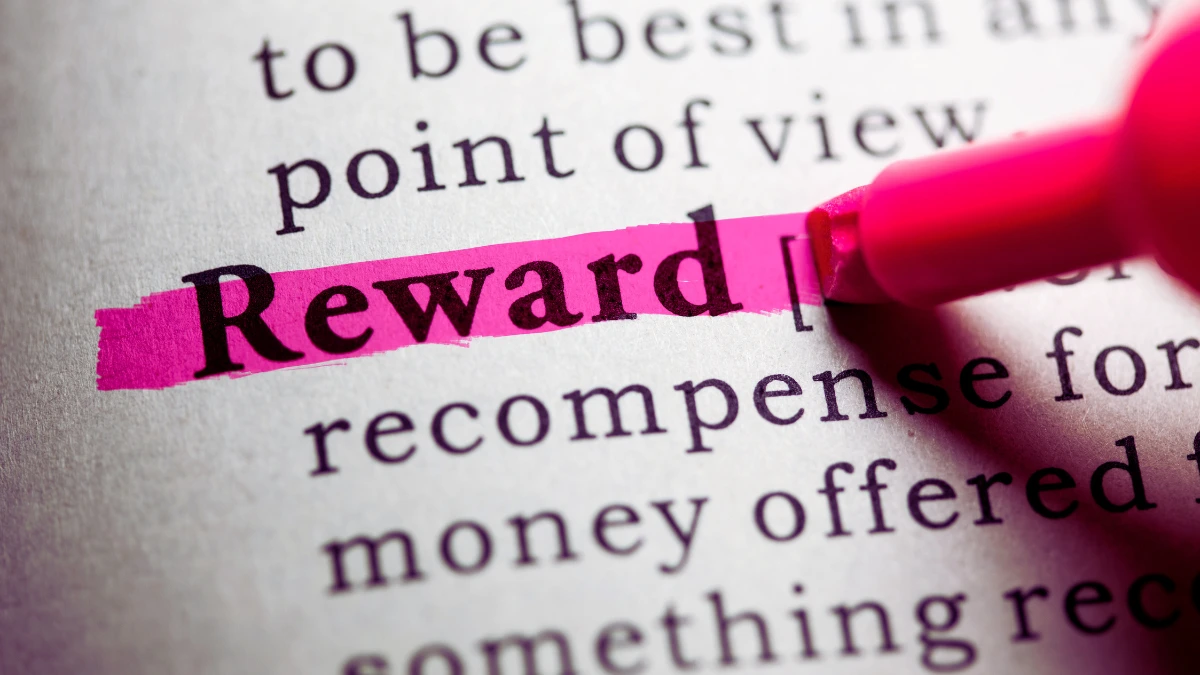
You work hard for a month. You save $1,000. You feel proud. So you reward yourself by buying something expensive. Next month, you’re back to zero.
This is called the Sink Cycle. You work to fill up your bucket, then you punch a hole in the bottom. All your progress drains out.
Video games don’t work this way. When you defeat a hard boss in a game, you don’t lose all your weapons. You get BETTER weapons. The reward makes the next challenge easier, not harder.
That’s the Boost Cycle. Your reward helps you make more progress, not less.
Here’s what this looks like with real money:
Sink Cycle:
- Save $1,000
- Buy $1,000 computer you don’t really need
- Back to $0
Boost Cycle:
- Save $1,000
- Put it in a high-yield savings account earning 4% interest
- Next year, you have $1,040 without doing anything
- That $40 saves itself
See the difference? One reward destroys your progress. The other reward creates more progress automatically.
“But I still want to enjoy my money!” you’re thinking.
Fair point. Here’s the compromise: Use 80% Boost Cycle, 20% Sink Cycle. Save $1,000? Put $800 in savings or investments. Treat yourself to $200. You get the dopamine hit from a reward without destroying everything.
The key is making most of your rewards work FOR you instead of AGAINST you. That’s how you break free from the cycle of saving and spending the same money over and over.
Strategy 3: Make Your Progress Impossible to Ignore
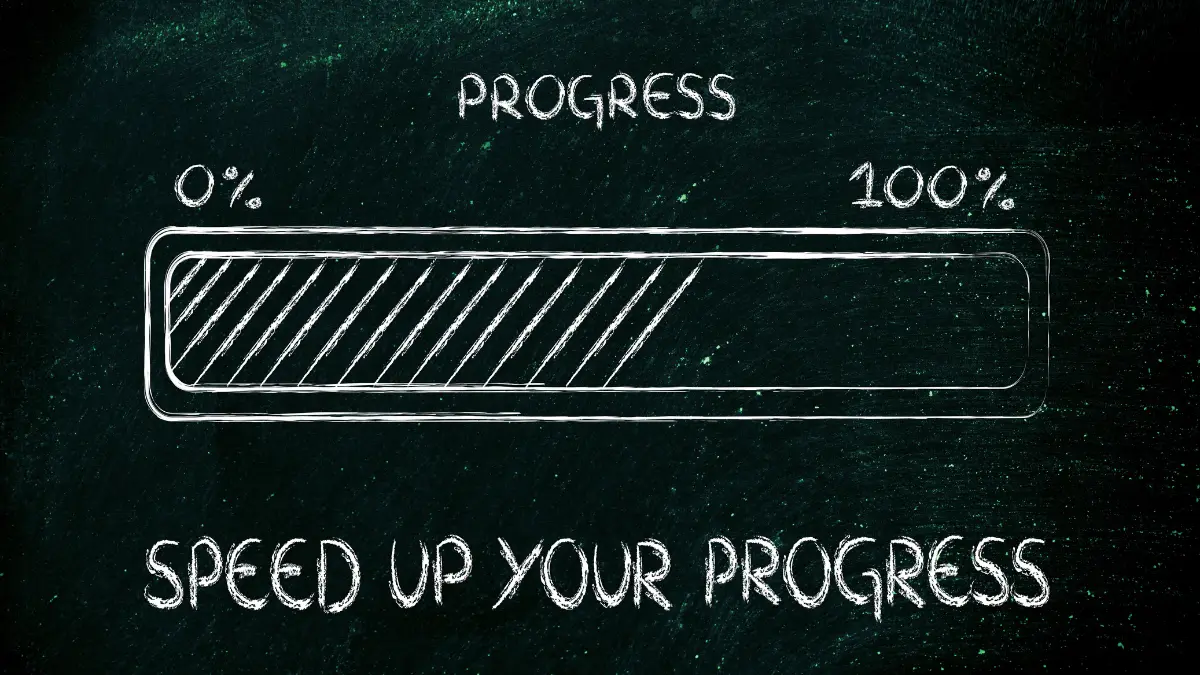
Video games show you exactly how much progress you’re making. You see your level. You see your stats. You see your XP bar filling up.
You know when you’re getting stronger because the game rubs it in your face. That feels good. That keeps you playing.
Your savings account shows you one number. That’s it. And probably that number is smaller than you wish it was, which makes you feel bad.
This is a design flaw. You need to fix it.
A study by Vanguard looked at over 12,000 investors to understand what made people feel good about their money. They found something important: People with at least $2,000 in emergency savings had financial well-being scores that were 21% higher than people without savings.
But here’s the interesting part. The researchers discovered that people who could see their progress regularly felt better than people who just had money sitting somewhere. Visibility mattered almost as much as the actual amount.
Your brain needs to see wins. Small, regular wins beat one big win five years from now.
Here’s how you make progress visible:
Create a simple tracker. Use a spreadsheet, a note on your phone, or even paper. Every week, write down these numbers:
- How much did you save this week
- How much did you save last week
- The difference
Don’t compare yourself to your end goal. Compare yourself to last week. Last month. Last year.
If you saved $50 this month and $45 last month, that’s a win. You improved by 11%. Celebrate that.
Use the level-up method. Games don’t say “You’re 1% to level 50.” They say, “You’re 80% to level 4.” You always feel close to the next milestone.
Do the same thing. Instead of one giant goal, set mini-goals:
- Level 1: Save $500
- Level 2: Save $1,000
- Level 3: Save $2,000
- Level 4: Save $3,500
You’ll hit Level 1 fast. That gives you momentum. Then Level 2 feels achievable. Before you know it, you’re at Level 4 without the crushing pressure of thinking about Level 10.
Track your progress somewhere you see it daily. Make it visual. Make it obvious. Your brain needs proof that you’re winning.
Strategy 4: Set It and Forget It (Automation is Everything)

Want to know the most powerful psychology trick for saving money? Never let your brain decide whether to save.
Decisions drain willpower. Every time you manually transfer money to savings, you’re giving your brain a chance to say, “Maybe not today. I’ll do extra next week.”
Next week never comes.
According to data from the Federal Reserve, the personal saving rate in the U.S. was 4.4% as of July 2025. That’s down from over 15% during the pandemic, when people had fewer chances to spend. When people have to choose to save, most don’t.
Here’s the fix: Automate everything. Make saving happen before you can think about it.
Option 1: Split your direct deposit. Most employers let you split your paycheck between accounts. Send even 5% directly to savings. You never see that money in your checking account, so you never miss it.
Option 2: Use round-up apps. Apps like Acorns, Chime, or Qapital round your purchases to the nearest dollar and save the difference. Buy coffee for $4.75? They save 25 cents. You barely notice, but it adds up fast.
These apps work because of three psychological tricks:
- You make one decision to turn them on, then they work forever
- The amounts are so small they don’t hurt
- They become your new normal, which is hard to undo
Option 3: Schedule automatic transfers. Every payday, have $25 automatically move from checking to savings. Or $50. Or $100. Pick an amount that won’t cause overdrafts, then set it and ignore it.
The median emergency savings for Americans is just $500, according to a 2025 survey by Empower. That’s down from $600 the year before. Why? Because people are waiting to “have enough” to save. They never do.
Automation solves this. You’re not strong enough to manually save every week forever. Nobody is. Stop trying to be a superhero. Be a robot instead.
Set up one automatic transfer today. Even if it’s just $10. The amount doesn’t matter as much as the system.
Strategy 5: Add Some Variety (or You’ll Quit)
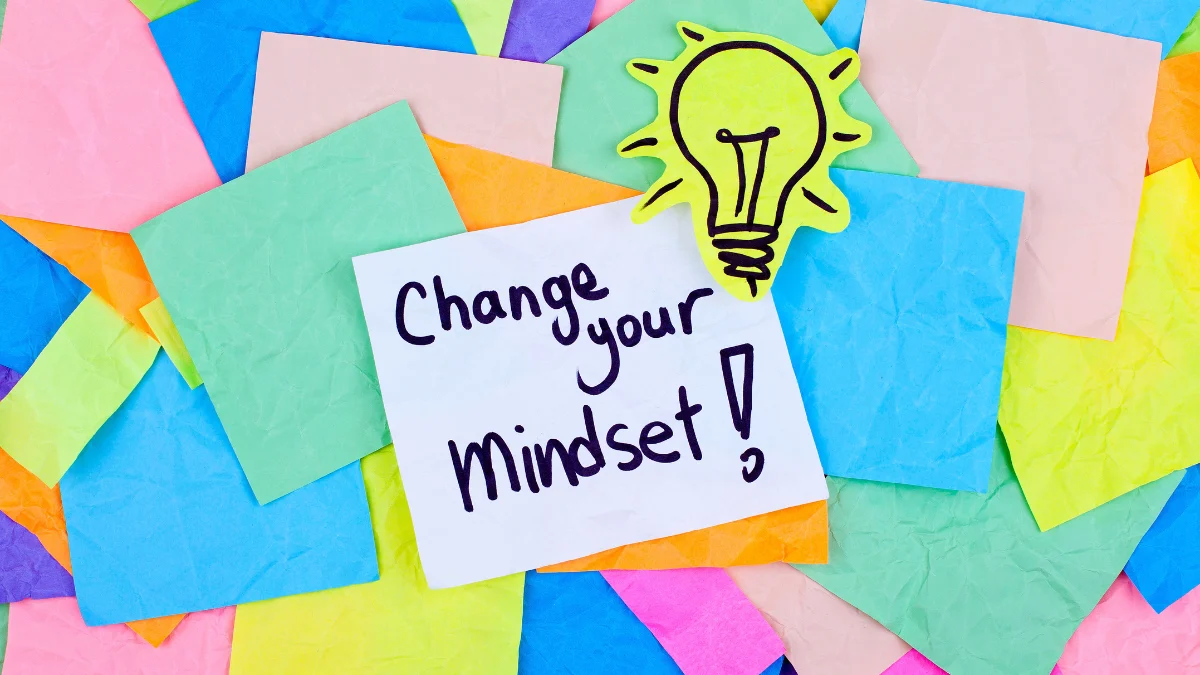
Here’s a hard truth: The same goal every month gets boring. Your brain craves novelty. Video games know this. That’s why they constantly give you new weapons, new enemies, and new challenges.
If you save the same amount in the same way for six months straight, you’ll start to feel like a robot. Not the good kind. The bored kind.
You need to mix things up without breaking your system.
Change your challenge monthly. One month, focus on the $5/day habit. Next month, try a no-spend week where you buy nothing except groceries. The following month, do a 52-week challenge where you save $1 week one, $2 week two, and so on.
Rotate your rewards. Most months, use the Boost Cycle. Invest what you save. But once every few months, use a small Sink Cycle reward. Go out to a nice dinner. Buy that thing you’ve been wanting. This prevents burnout.
Try different apps. If you’ve been using one savings app for months, try a different one. The new interface and features will re-engage your brain. Just don’t switch so often that you lose track of your money.
Gamify differently. Some weeks, compete with a friend to see who can save more. Other weeks, give yourself a visual goal, like coloring in a savings thermometer. Change the game, keep the habit.
Think of saving like going to the gym. If you do the same workout every single day, you’ll quit. But if you mix running, weights, and classes, you stay interested.
Your savings strategy needs the same variety. Keep the core habit strong, but change the flavor regularly.
Strategy 6: Use Social Pressure (It Works)

You probably don’t want to admit this, but you care what other people think. Everyone does. Video games use this mercilessly with leaderboards and achievements.
You can use the same trick on yourself.
Tell someone about your savings goal. Not your vague “I should save more” goal. Your specific “I’m saving $10 every day for 30 days” goal.
Why does this work? Because now you have something to lose besides money. You have your reputation. Your brain hates losing face more than it hates losing cash.
Research published in the Berkeley Economic Review found that people who saw messages about how many others were saving money were more likely to increase their own savings rate. Social cues and peer pressure genuinely work.
Here’s how to use this:
Find an accountability partner. Tell a friend your exact goal. Check in with them weekly. You don’t need them to save with you. You just need them to ask, “How’s your savings going?”
Join a challenge. Many apps and websites run savings challenges where you can see how others are doing. You don’t need to beat everyone. You just need to not be the person who quits.
Share wins publicly. Hit a savings milestone? Post about it. Tweet it. Tell your family. The positive feedback reinforces the behavior.
Make a bet. Put money on the line with a friend. “If I don’t save $500 this month, I owe you $50.” Suddenly, not saving costs you even more money. Your brain really hates that.
You don’t need a big audience. Even one person who knows about your goal increases your follow-through by a huge amount. Use this quirk of human psychology to your advantage.
The Mistakes That Kill Your Progress
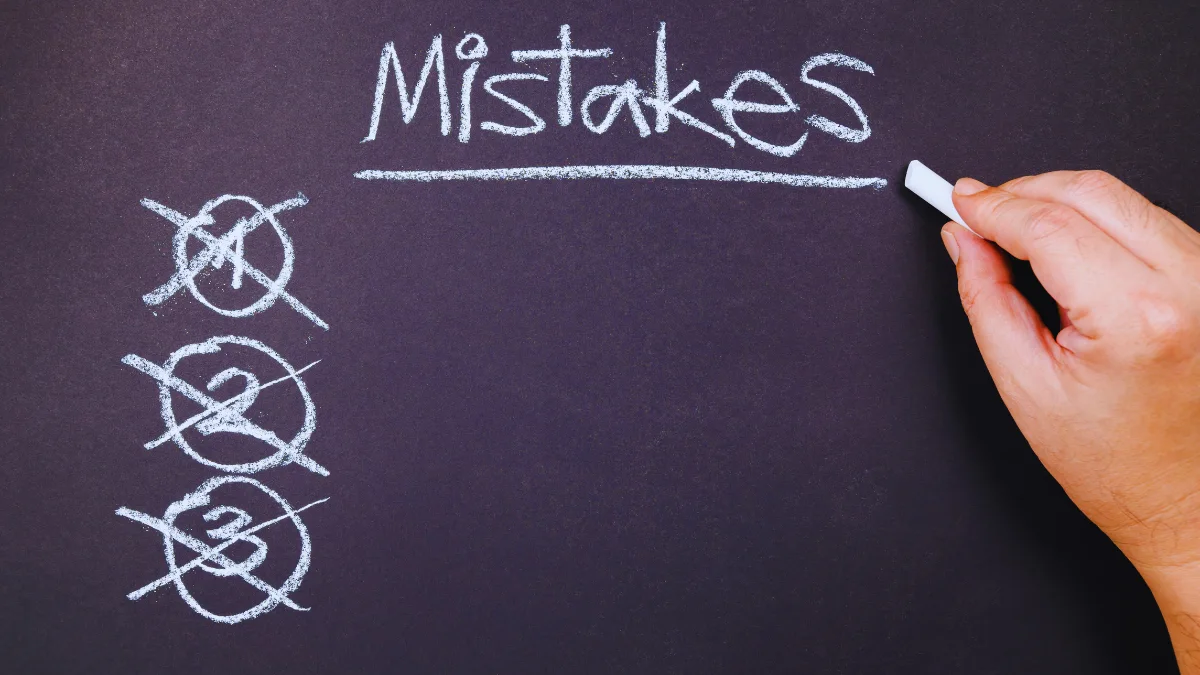
You can do everything right and still fail if you make these mistakes. Here’s what to avoid:
Starting too big. You get excited and decide to save $500 a month. By day three, you realize it’s impossible. You quit. Start smaller than feels meaningful.
Only using Sink Cycle rewards. Every time you hit a goal, you spend all the money you saved. You feel good in the moment, but make zero progress. Use Boost Cycle rewards most of the time.
Compared to the end goal. You want $10,000 in savings. You have $200. You feel like a failure. Stop. Compared to last month, when you had $100. You doubled your money. That’s a win.
Forgetting about inflation. You save $1,000 and leave it in a checking account earning 0% interest. Inflation runs at 3% per year. Your $1,000 loses value. Put savings in a high-yield savings account earning 4%+ interest.
No emergency fund. You’re investing aggressively but have no emergency savings. Your car breaks down. You sell investments at a loss to pay for repairs. Build your emergency fund first, then invest.
Quitting after one slip. You miss a week of saving. You think “I’ve failed” and give up. Wrong. One missed week doesn’t erase three good months. Just start again tomorrow.
Using only willpower. You manually save when you feel like it. You feel like it less and less over time. Willpower runs out. Automation doesn’t.
The biggest mistake? Waiting until you “have enough” to start saving. You’ll never feel like you have enough. Start with what you have right now, even if it’s nearly nothing.
Your 30-Day Brain Reset Plan

Theory is useless without action. Here’s exactly what to do for the next 30 days.
Days 1-7: Set up the system
- Day 1: Choose one automatic savings app or set up automatic transfers
- Day 2: Start with your tiny amount ($5/day or $25/week)
- Day 3: Create a simple progress tracker (spreadsheet or paper)
- Day 4: Tell one person your specific goal
- Day 5: Set up a high-yield savings account (if you don’t have one)
- Day 6: Review your first week’s progress
- Day 7: Celebrate that you didn’t quit
Days 8-14: Build the habit
Define your main quest. What’s your big financial goal? Write it down. Be specific. “Save money” is too vague. “Save $3,000 for an emergency fund” works.
Break that into mini-quests. If you need $3,000, that’s $250/month for 12 months. Or $58/week. Or $8/day. Which number feels most doable? That’s your mini-quest.
Track daily. At the end of each day, write down if you saved your target amount. Watch the streak build.
Days 15-21: Add a boost
Review your spending from the past two weeks. Find one thing you bought that you didn’t need and don’t remember enjoying. A streaming service you never use? Lunch out when you have food at home? Cancel it or stop buying it.
Take that money and add it to your savings. If you were saving $5/day, now you’re saving $7/day. You just leveled up.
Days 22-30: Lock it in
Compare your Day 30 numbers to Day 1. How much more did you save? Maybe it’s only $50. That’s $50 more than you had a month ago.
Now here’s the most important step: Increase your automatic savings by a tiny amount. Going from $5/day to $6/day won’t kill you. But over a year, that extra dollar adds up to $365.
Reward yourself using Boost Cycle rules. Take 20% of what you saved and do something fun with it. Put the other 80% in a place where it can grow.
Find one friend and challenge them to match your next 30 days. Make it a competition. Winner gets bragging rights (and better finances).
The Truth About Why This Works

You’ve probably tried to save money before. You’ve probably failed before. Most people have.
This time is different because you’re not relying on willpower. You’re using psychology.
Your brain is pattern-seeking, reward-chasing, and loss-avoiding. These traits made sense when humans were hunting and gathering. They make saving money difficult in modern life.
But you can’t rewire millions of years of evolution. So you work with your brain instead of against it.
Games do this naturally. They give you clear goals, show you progress, reward small wins, and make everything automatic once you press start. Your savings can work the same way.
The numbers prove people struggle without these systems. Only 46% of Americans have three months of expenses saved. The median emergency fund is $500. That’s one car repair away from disaster.
But with the right system, you can be in the 46% who feel secure. Then the 30% who have six months saved. Then the 10% who never worry about money.
Start today. Not next Monday. Not after you pay off debt. Not when you make more money. Today.
Open your banking app right now. Set up one automatic transfer. Even $5. That’s your first quest complete.
Your brain won’t change overnight. But your bank account can start growing today. And six months from now, when you look at your balance, you’ll wonder why you didn’t start sooner.
The game is ready to play. Press start.
